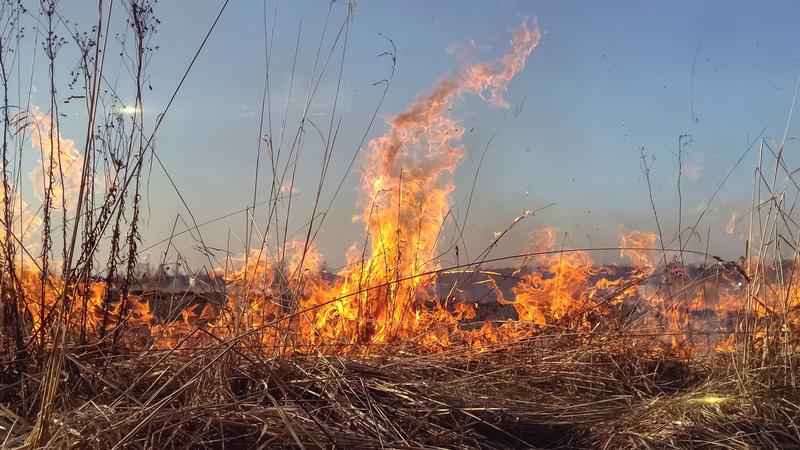High-to-extreme fire danger across northern Minnesota this weekend

[KSTP]
The Minnesota Department of Natural Resources cautions residents and visitors in northern Minnesota to be aware of elevated fire conditions through the weekend. An unintentional spark from a campfire or other outdoor activity in the hot, gusty and abnormally dry conditions could ignite a wildfire.
William Glesener, DNR wildfire operations supervisor, says that many areas in northern Minnesota are 2 to 3 inches below average for spring rainfall despite the green-up of vegetation. This shortfall has dried out trees, shrubs and grasses in the region, and when combined with forecast conditions — temperatures near 100 degrees, low humidity and gusty winds — the result is an increased risk for wildfires.
“Don’t be fooled just because things look green,” Glesener said. “This is a dangerous time for wildfires.”
The DNR says a large part of fire prevention includes keeping campfires small and manageable, no more than 3 feet in diameter and 3 feet high. Campers should always keep a hose or water nearby and drown the fire out and stir until it is cold. If a campfire is too hot to touch, it’s too hot to leave.
According to the DNR, fireworks are not allowed on any state lands, including state forests and state parks. Hot mufflers on recreational vehicles or cars can also ignite tall grass while the vehicle is stopped and idling.
The DNR reminds everyone that a temporary flight restriction (TFR) may ban the use of drones within 5 miles of a wildland fire. Even without a TFR, drones pose a risk to aircraft.
Minnesota’s wildland fire management agencies report that nearly 1,200 wildland fires have burned an estimated 33,500 acres since the beginning of March 2021. The dry conditions have been building since last fall, and many areas in northern Minnesota remain abnormally dry or in moderate drought.
Fire prevention is a shared responsibility. Monitoring weather conditions, checking current fire danger conditions at the DNR statewide fire danger and burning restrictions map, and following the fire prevention tips above will help to prevent wildfires during high to extreme fire danger. If you do spot a wildfire, call 911.